How are processes presented efficiently and comprehensibly?
Processes should be easy to understand for all readers, including non-process experts
Tips for a good process description
- Short informative descriptions instead of continuous text
- Comprehensible language - appropriate for the target group
- Link relevant information directly in the process (responsibilities, documents, risks, ...)
- Mapping standard cases, not special cases (80/20 principle)
- Arrange and display process steps in sequence
- Display links/interfaces between processes
- Structure complicated and large processes into several sub-processes
- Enter master data of processes, if possible, via selection lists and not via user-defined texts
Process-Layout
When creating the layout for the flow chart, it is important to consider what information should be provided at the process step level and is relevant for employees.
- Responsibility (e.g. implementation, decision, participation, information)
- Documents
- Risks
- Standards
- Applications
- ...
Example Process-Layout

Overview Flow-Chart
The procedure should be described as simply and comprehensibly as possible. It is advisable to use concise titles for the activities. Further explanations of an activity can be included via the description. The additionally relevant information can be displayed using the configured columns and called up with a click. In this way, a process can be described sufficiently, but briefly and comprehensibly without long continuous text.
In the case of extensive or very complex processes, it may be advisable to divide them into several sub-processes. This makes it easier to display, read and manage such a process. The subprocesses can be linked together or integrated into a higher-level process.
Process-Data
All information belonging to the process, which does not appear in the process flow, can be mapped in the process data:
- Aim and purpose of the process
- Input/Output
- Field of application of the process (e.g. entire company, specific location, etc.)
- Measurement variables
- Critical success factors
- Standards
- Documents
- Risks
- Chances
This information should be maintained using the criteria for high data quality. Information about this can be found in the extra blog article here.
Various field types can be selected for the collection of such data. For values or contents that are not necessarily recurring and are entered in the master data, this is done using simple text fields. Master data should always be made available via selection lists.
Overview of process key data including documents and risks from the process
Using the key data, linked elements such as documents and risks can be called up in the current version with a click. The key data also provide an overview of all additional information on the process in addition to the flow chart.
The characteristics can be easily filled in via the configured fields, either via text fields or via selection lists for internal system content.
Conclusion: Once the key data has been fully recorded and the process flow has been modelled using the above-mentioned criteria, employees have all the necessary information and documents at their fingertips quickly and easily with such a process description.
Detailing of processes
A process model serves the abstraction of the real facts for certain modelling purposes, e.g. process models can be modelled very roughly to give an overview of the process landscape for strategic considerations.
The level of detail is often used as a synonym for the process hierarchy, in which processes are divided into further sub-processes.
Other aspects of detailing are supplementing the sub-steps of a process with further information such as data, documents, responsibilities and descriptions and much more.
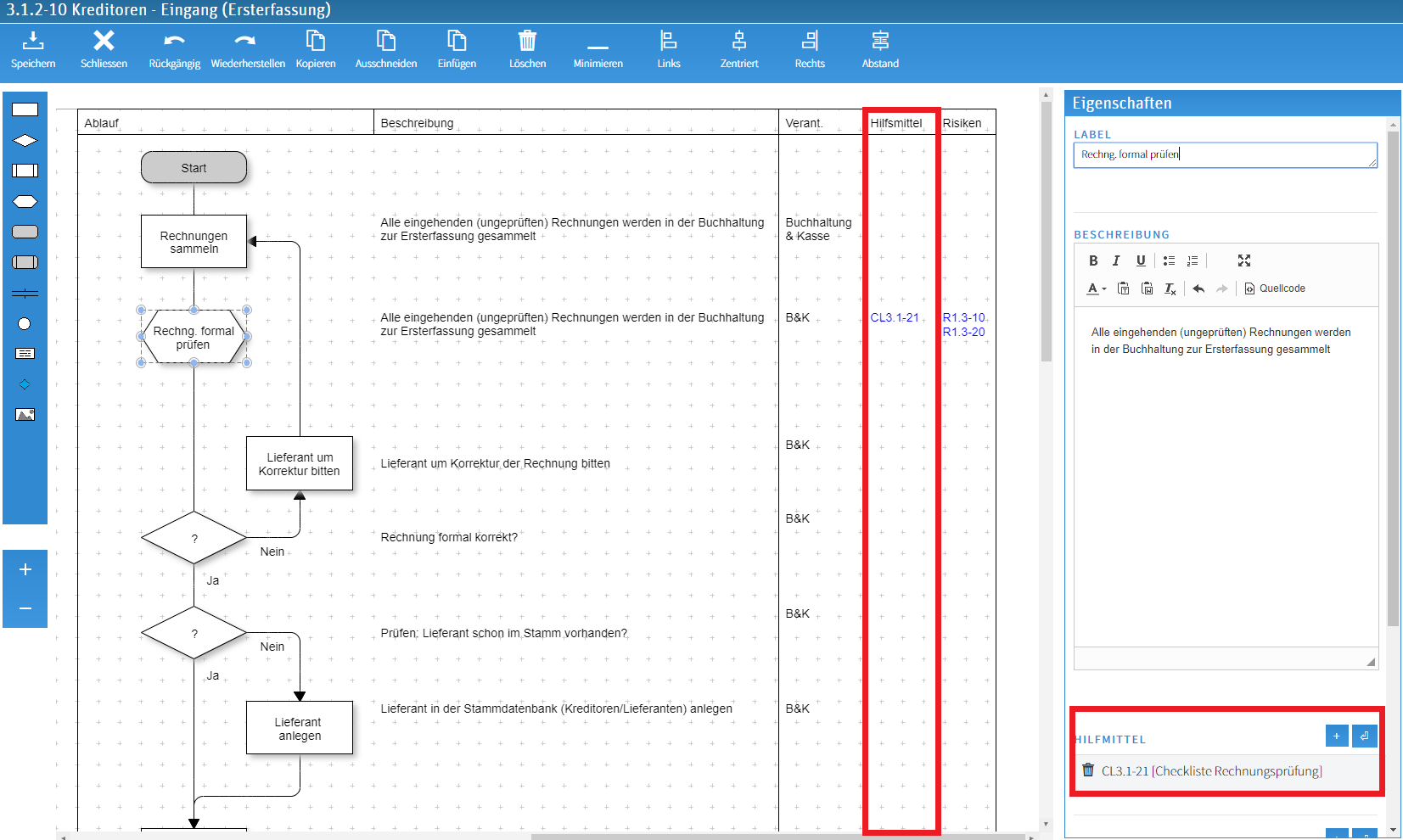
The degree of detail is difficult to generalise, but should always be appropriate to the intended use. A further challenge is the potentially heterogeneous group of people involved in the modelling.
In our experience, the level of detail should cover the standard case with all standardized information and specifications. Within this framework, the persons responsible for the processes and activities can be given the necessary freedom of action and design.
If it is no longer a process or sub-process but the detailed description of an activity, this should be written as a work instruction in a document and made available as an aid in the process of the named activity.

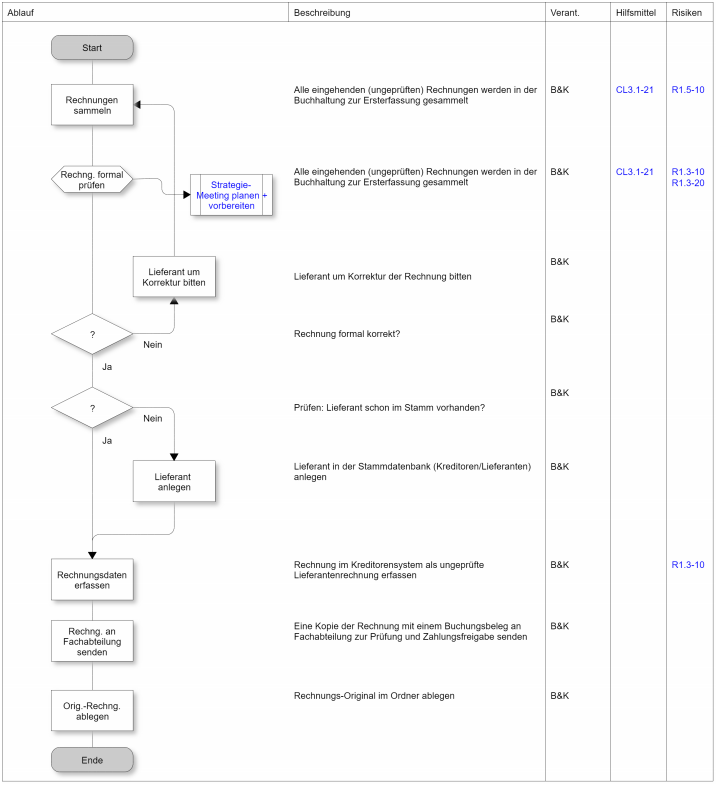
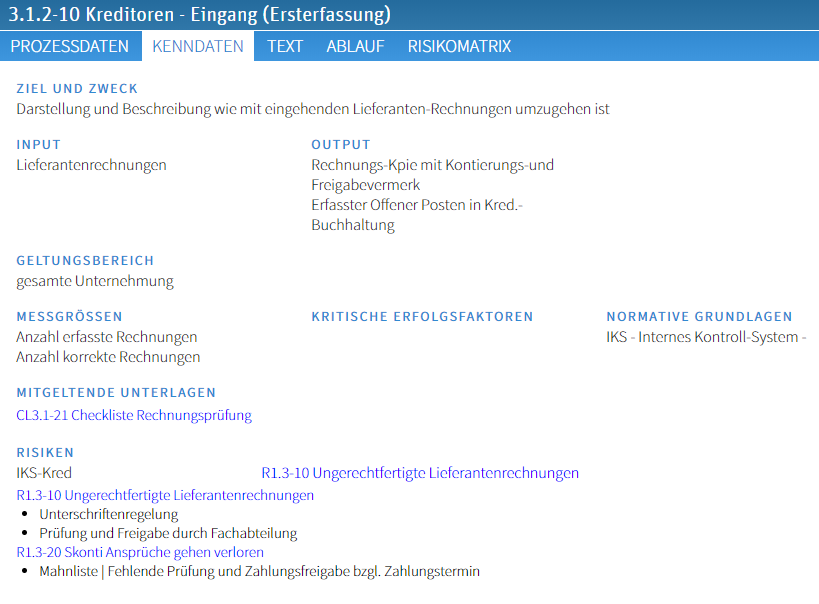
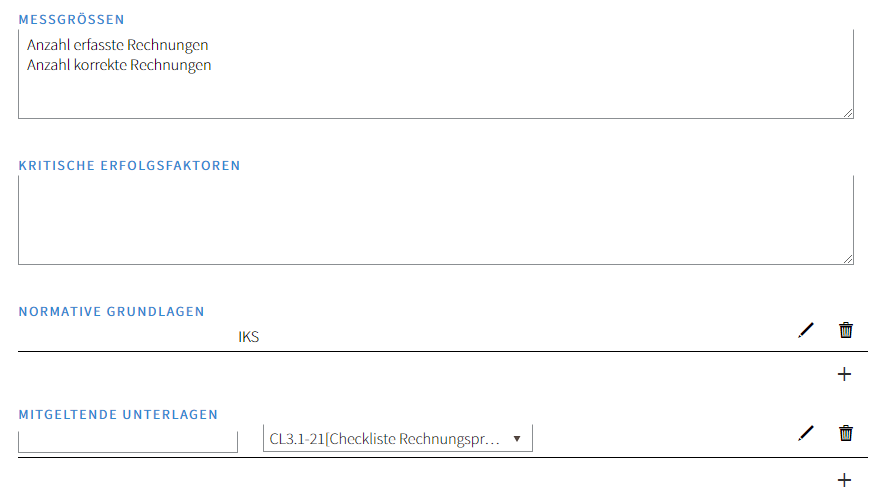
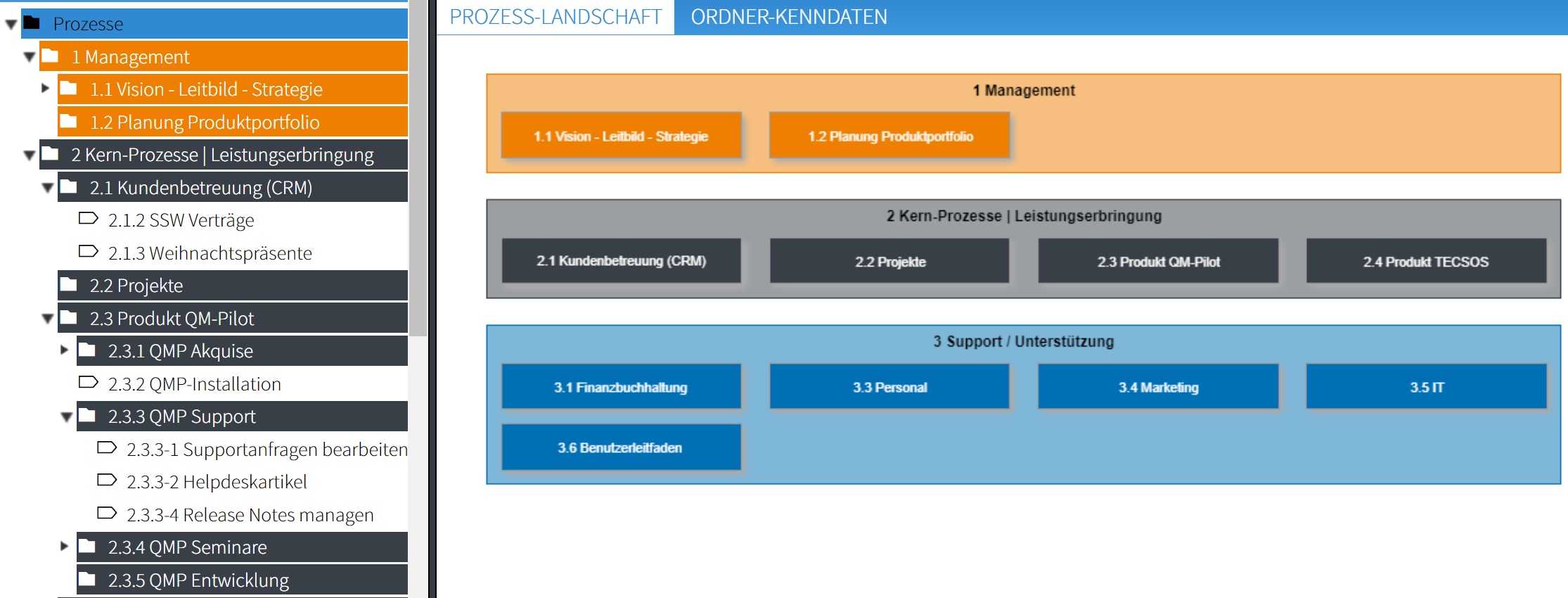
 ist ein Produkt der
ist ein Produkt der 
Kommentare